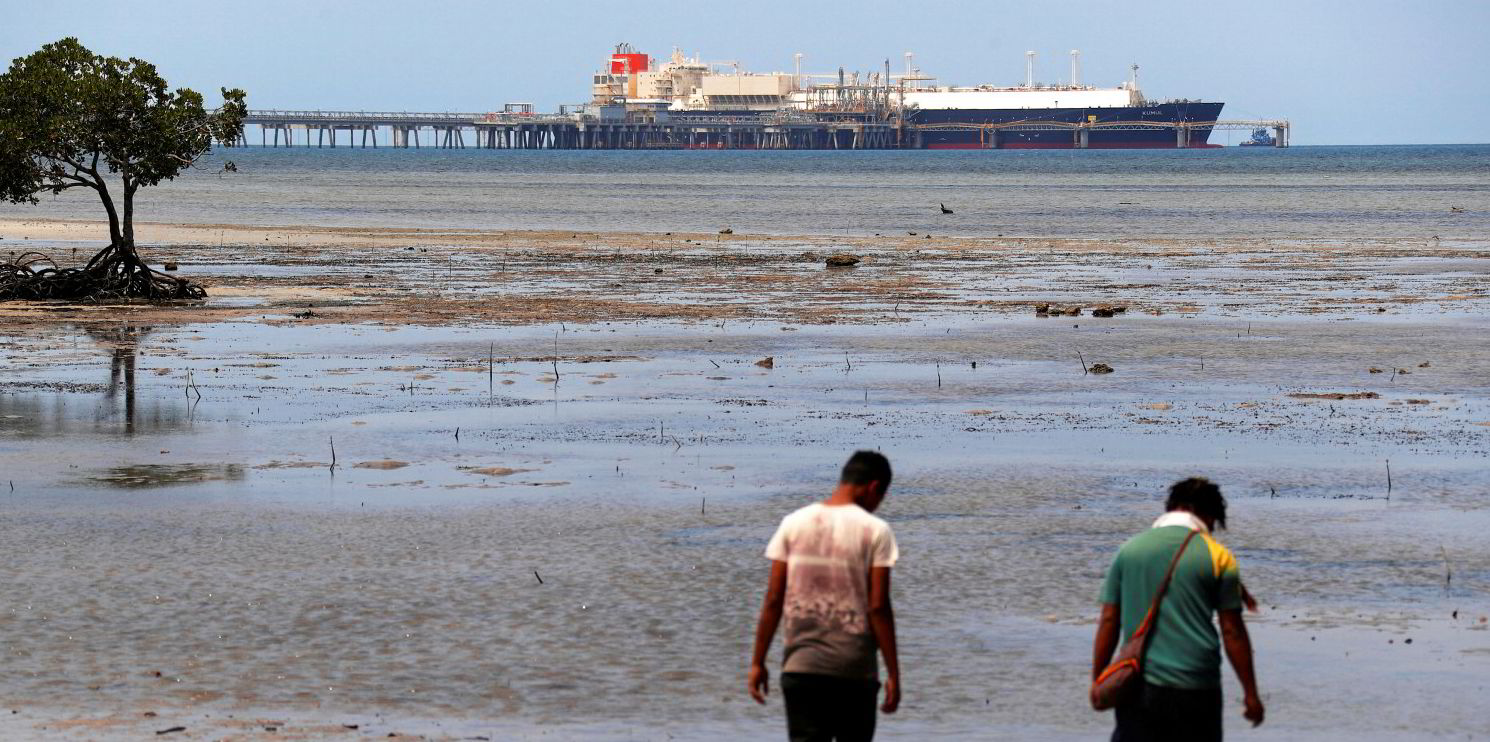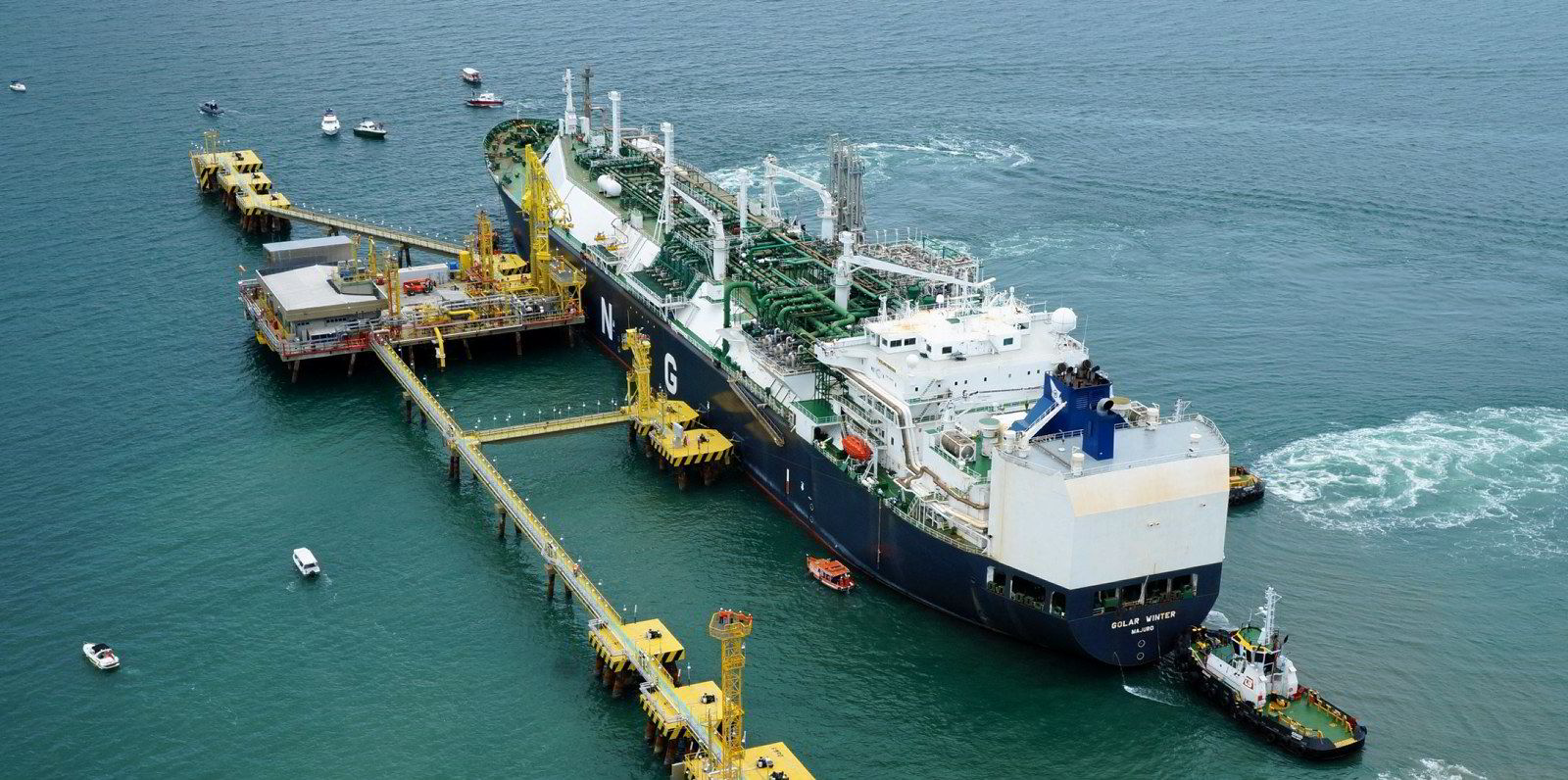Singapore’s Twenty20 Energy Systems is going public on the US Nasdaq Capital Market with an LNG barge project to power Papua New Guinea.
Funds raised in the IPO could go to projects ranging as far afield as southern Germany.
But in its main operating area of Papua New Guinea, Twenty20 Energy’s plan is to build and operate the high-tech vessels in the impoverished archipelagic nation using a local workforce.
The company is pitching the concept to investors under the brand name “Power Island”, each unit of which features a set of floating piers, floating storage regasification and power (FSRP) barges, LNG carrier barges with a 30-day supply for the floating power plants, and pusher tugs, to operate as floating power stations.
Twenty20 proposes placing its stations at 12 sites around the main and outlying islands of Papua New Guinea.
The cost of the Power Island project, in a joint venture with national utility company PNG Power and other domestic state-controlled entities, is estimated at $950m.
Japan’s NYK is also involved in a project to power Papua New Guinea via FSRP, but in that case with a larger vessel closer to the scale of a conventional LNG carrier, with 140,000 cbm storage capacity.
The FSRP concept, combining the functions of an FSRU unit and a power plant for special power supply needs, was first floated by Chinese manufacturer Wison Offshore & Marine in 2017.
The design is considered especially suited to the needs of markets like those of South East Asia, South Asia, West Africa and the Caribbean. TradeWinds has previously reported on Vietnam, with its long coastline and chronic energy deficit, as a potential destination for multiple FSRP projects.
Papua New Guinea has been producing natural gas and exporting LNG since the 1980s. But LNG, despite its ready availability, is not being put to use effectively for the country’s own power needs, the issuer told Nasdaq investors.
Although the project is tailored to Papua New Guinea, where Twenty20 is a specialist energy supplier, and is being developed with government partnership, the company also believes its approach to nearshore power supply will be transferable to other countries with similar needs for “affordable scalable power generation”.

“We believe that the Power Island approach meets the needs of developing countries, which face increased demands for energy to support urbanisation and industrialisation,” the issuers wrote in a prospectus to US investors.
“Papua New Guinea will serve as a proof-of-concept for similar coastal or island communities across the Asia-Pacific region and around the world.”
The prospectus is light on details about its plans for building regas and LNG-carrying barges in Papua New Guinea.
But it touts the development of domestic shipbuilding capabilities in the country as among potential benefits, as well as the “creation of a skilled workforce via utilisation and training of local Papua New Guinea manpower for power barge assembly and operations”.
The company has been contacted for comment.
PNG Power has been Twenty20’s near-exclusive customer since they started doing business in 2014 and now accounts for 95% of revenues, but the company expects that to start changing next year as LNG projects in Indonesia and thermal power projects in Germany develop.
Twenty20 has been owned until now by private Singapore company Asia Pacific Energy Ventures. In the Nasdaq offering led by EF Hutton, Asia Pacific will transfer all its shares in Twenty20 and related operating companies to T20 Holding, a new entity created for the Nasdaq listing.
After an issue of new shares plus the sale of some shares owned by chief executive Geoffrey Lawrence, some 14% and 16% of shares will be owned by public investors.
Lawrence is the largest of the four main shareholders with a 45.4% share ahead of the listing. Non-shareholder executives include president James Schnieders, who joined in 2021 after retiring from Black & Veatch, where he was managing director of floating oil and gas solutions.
T20 Holding and subsidiaries reported a 2021 net income of $2.92m on net revenues of $9.25m. In 2020, the companies included in the stock listing made a net $7.17m on $34.62m net revenues.




